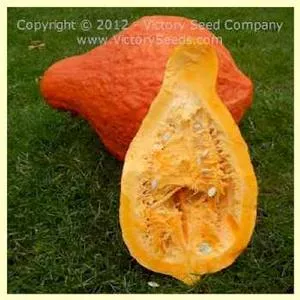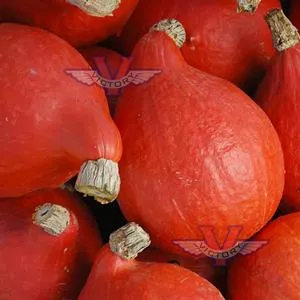Winter Squash
Squash are typically categorized as summer or winter varieties. The immature fruits of summer varieties are eaten fresh, while the winter squash are harvested in late fall after they are mature and the skins have toughened, stored in a cool, dry location, and used into the winter.
Unless otherwise noted on a variety's product page, each packet contains four grams of seeds. Seed count varies by variety.
Click on variety's picture or name below for more information and quantity pricing options (where available).
25 found
- Showing page 1 of 2
























